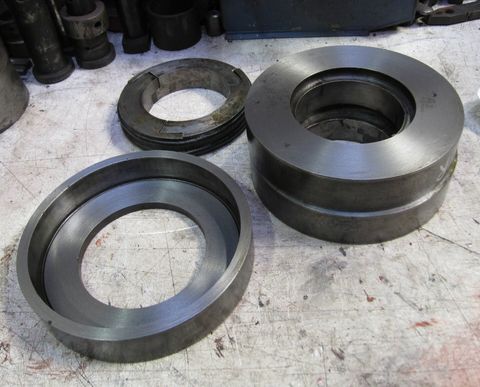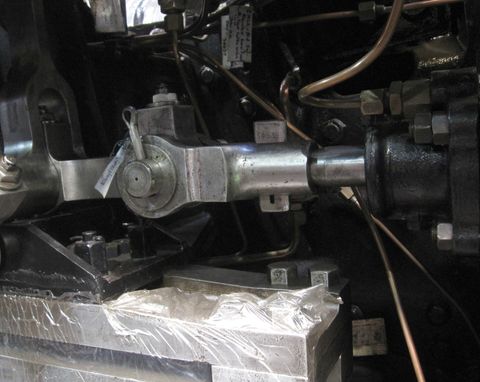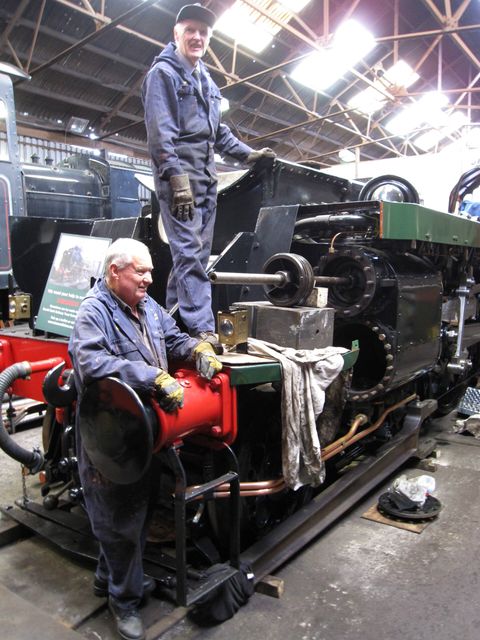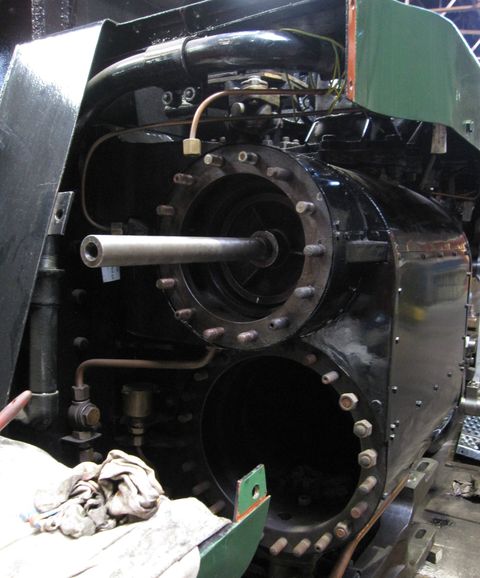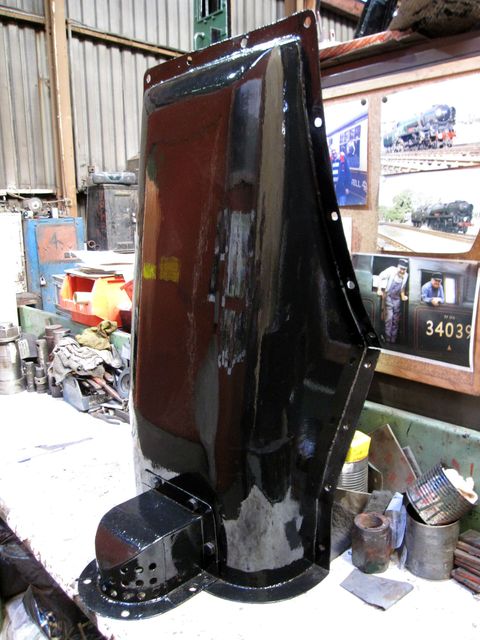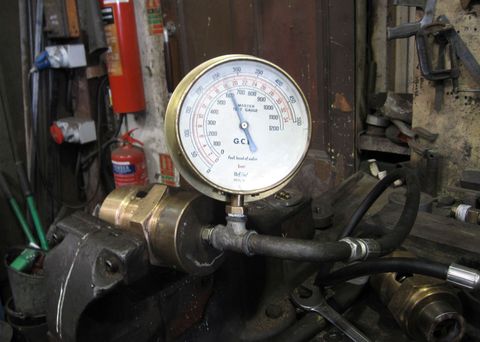Boscastle Locomotive Limited
9th September 2016
Major progress on the boiler
Writing this on the second day of September, I am able to report that the long awaited day has arrived where we can authorise constructive work to commence on the boiler. Our signed instruction should be in the post early next week. This comes just in time to fall into step with South Devon Railway Engineering’s programme of restoration on three other Bulleid pacifics which means that we are benefiting from the SDR setting up for batch manufacturing on a grand scale. I have been in touch with Rob Le Chevalier and Paul Pridham to give them advance warning so that they can plan their manufacturing batch sizes over the next few days to include our parts.
The delay in response to the South Devon Railway quotation has been the result of some to-ing and fro-ing over terms and conditions which has been amicably resolved to the satisfaction of both parties.
The schedule provided by SDR shows work commencing in September [2016] on manufacture of the pressed components running through to the end of January. At this point we would be required to have paid 60% of the overall price. The schedule then shows these pressed parts coming together to form a new inner firebox over the period February to May. Repairs to the existing outer wrapper and boiler barrel occupy May to June. Fitting of a new smokebox tube plate is shown for July. The task (for SDR) is completed during July and August when they weld in the new inner firebox. While the schedule shows this as an idealised sequence the hard truth is that we probably don’t currently have enough in the bank, or to be called upon from the David Clarke Railway Trust, to complete the latter stages of the boiler and also maintain progress at Loughborough; so please keep up the funding by whatever means.
SDR’s new construction and repair is not the totality of the boiler work. Before we can ship the boiler we have to complete the removal of around 1800 stays and tack back in place the panels cut out for inspection. This latter task is because SDR want the old inner in one piece so that they can check for any deviations from drawing. Their plan is to remove the last few stays and joining ligaments, that we leave in place for transit, when they receive it at their site. They then have to winkle it out. Ours being the fourth on their site hopefully they will be well practiced by that stage as it looks a tricky craning job to me.
Then there is the expense and time associated with making and fitting the stays that we have laboriously removed. SDR prefer us to undertake this so they will fit the new inner with just enough strategically placed stays for stability during transit and leave us to fit the remainder once it returns to Loughborough.
Outwith the scope of the SDR quotation we have to fund third party inspection costs and transport to and from Devon. Then the boiler has to be tubed and made leak tight.
2nd September
Stay removal on the firebox continues, most of the stays have been removed from the right hand firebox side. The previously cut left hand inner side plate has also been removed ready for the same treatment. The photo shows the left hand plate having just been removed from the firebox, once again its condition is not good, with deep pitting and thinning of the plate justifying its removal.
7th June 2016
All of the UK piston packing housings have had their sealing faces machined to ensure a good fit. The piston packings (seals) fit inside each housing; one set can be seen at the rear and there are three sets for each piston. All twelve valve spindle housings have been similarly treated.
17th June 2016
The right hand piston valve has been fitted which gave us the opportunity to fit the valve spindle cross-head and connecting link. There were concerns that the connecting link had been damaged in the past but trial fitting confirmed that it had been deliberately 'adjusted' when the loco was rebuilt in 1959 to correct a small misalignment.
24th June 2016
The left-hand piston valve has also been assembled and the photo shows Keith Devereux and Nigel Tilly having just positioned it, ready to slide into the valve bore.
24th June 2016
This shows the left-hand piston valve in position ready to have the end cover re-fitted. The associated valve cross-head and connecting link have also been fitted. The piston valves will have to come out again for the fitting of rings and valve setting, one of the last jobs we will do on the loco before it returns to service. In the meantime we know everything fits correctly and the large valves are stored out of harms way.
22nd July 2016
When we re-fitted the valve gear we found that the return cranks were quite a loose fit on the ends of the driving crank pins. To counter this, weld was applied to the tenons that locate the return cranks, which were then machined back to a dimension slightly larger than required. The cranks were then repeatedly trial fitted and the remaining weld hand-dressed until a good fit was achieved.
19th August 2016
The injectors have both been completely stripped, cleaned and checked to ensure all the internal components fit correctly, both injectors are now back on the loco and tightened into place for the final time. Mike Playle has overhauled the universal joints and set up the four injector control rods. As can be seen, these are also permanently fitted to the loco.
2nd September 2016
The cylinder relief valves had been overhauled some time ago but we struggled to get a satisfactory hydraulic test on them. With an improved test rig and Mikes experience with this type of work, five of them have now been tested and their working pressure set. The photo shows one on test with the needle on the gauge just dropping back from the 275 lb psi required. The valves are fitted to each end of the cylinder and act as a safety valve if a build up of water occurs, which is why they are set slightly above maximum steam pressure.
Images on this page are copyright A.J.Morgan

